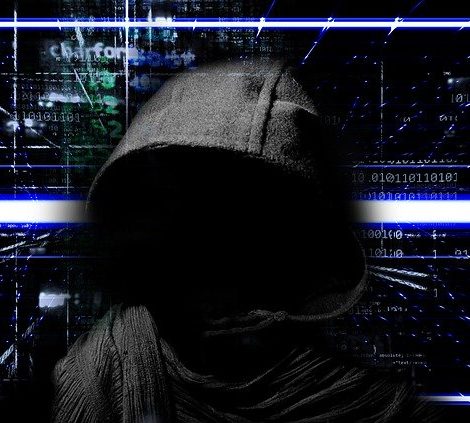Security briefings point to rising cases of Ransomware attacks. Ransomware are malicious software’s that will attack your computer and deny you any form of control. The malicious software’s often spread through phishing emails, presented as spam or malspam and attachments. According to security and risk management site, CSO Online, the global losses attributed to Ransomware stood at $5 billion in 2017. The amount includes the lost time and paid ransom. Most attacks target medical organizations such as hospitals and health insurance providers. Governments may suffer huge losses because they hold critical information.
How Ransomware works
An article by Malware bytes reveals that malspam works by tricking people using proven social engineering strategies. For instance, the attack may pose as a trusted FBI agent to scare. The attacker can also masquerader as a legitimate PDF or document file. Reports also show rising cases of malicious advertising, also called malvertising, which are essentially a false advertising strategy designed to spread malware. What is more worrying is the fact that attacks by malvertising can happen even if you do not click or open the feigned advertisement. The technique spreads malware using an invisible element attached to an assigned webpage.
The main types of malware
Scareware – scarewares are the least harmful form of malware. Examples of scareware include technical support scams and rogue security software.
Screen lockers – this form of malware will deny you access by freezing your screen. The screen my feature a pseudo page from the FBI warning you about an illegal activity in your system. You will then be asked to pay a specified penalty.
Encryption Ransomware – an attack by encryption Ransomware are usually brutal because the malware will take over your files and deny you any access through encrypt. Once the files are encrypted, the attacker will demand a ransom payment.
How to prevent Ransomware and take control of your computer
Some of the measures recommended by CISA Cyber Infrastructure, to fight or prevent Ransomware include:
• Updating your software and operating systems to seal all the loopholes. Remember, outdated software’s are more vulnerable to different forms of cyber-attacks.
• Avoid the temptation of clicking or opening links you do not know or cannot verify
• Follow safe browsing practices when operating online
• Make every effort to back up your data regularly. It also helps to invest in offline storage
• Get an expert to help you setup firewalls that will block access to suspect IP addresses
Get the most reliable support against malware!
Remedial measures are highly recommended when a Ransomware attack is established. You can start by hiring the services of a data recovery specialist. Tech Live Connect are masters in dealing with Ransomware and other forms of cyber-attacks. The solutions offered by the global software support provider are up-to-date to ensure your most valued data are protected against online attacks. You can get in touch with Tech Live Connect 24/7 via phone, Live Chat and Twitter. A live team of experts and engineers is always on standby to offer support
